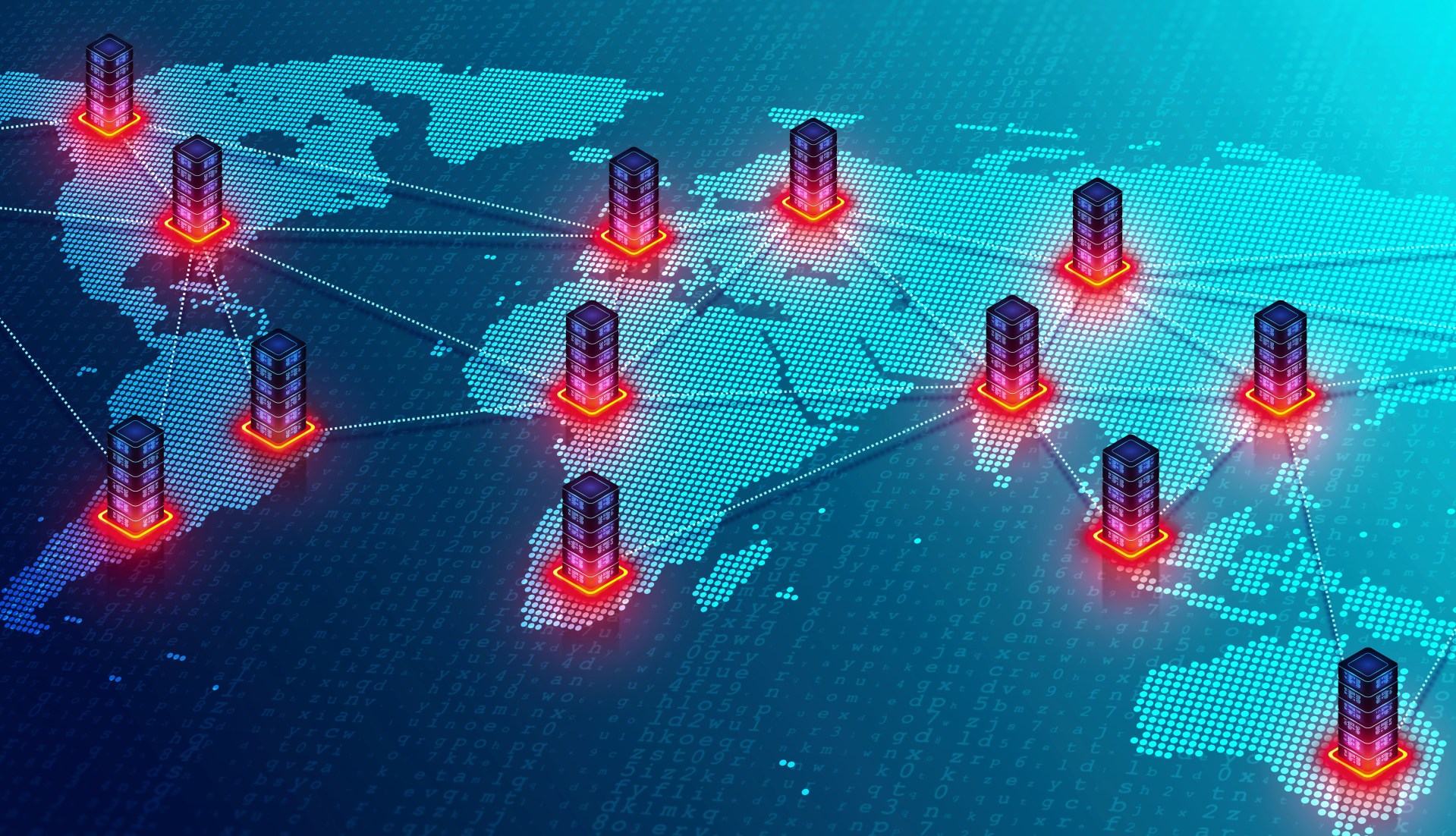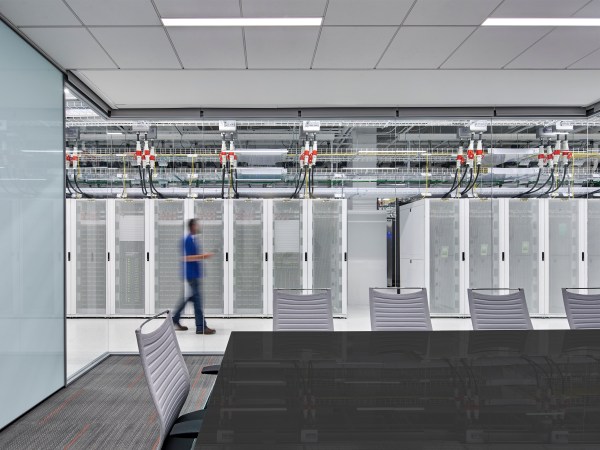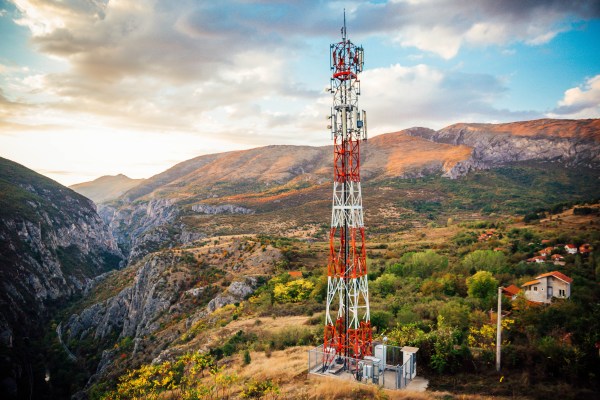Edge data centers have emerged not as competition to the cloud but as a complement to it. As such, they are redefining how data is processed. Here is a straightforward overview of the core aspects of edge data centers and decentralized computing, including their applications and challenges.
Defining edge data centers
Edge data centers are data centers that are positioned on the edge of a network. In other words, they are positioned near where data is generated. This helps to promote high-speed data processing with minimal latency.
Characteristics of edge data centers
Here are five characteristics of most edge data centers.
Small but highly functional: The fact that edge data centers are located near users means that they are often in urban areas. They may even be integrated into standard commercial or residential buildings. This means they generally have to be much smaller than data centers in suburban or rural areas. Despite (or because of) this, they often have very high rack densities.
Convergence of telco and data center functionalities: Edge data centers combine traditional telecommunication capabilities with standard data center functions. This means they incorporate networking, controls, computing, and storage in a cohesive framework.
Scalable Infrastructure: Edge data centers are designed to scale efficiently so they can accommodate varying workloads and user demands. They generally address resource constraints through optimized resource utilization and load balancing.
Preference for open standards: Edge data centers prioritize open standards for hardware and software. They usually actively try to avoid proprietary systems. This approach enhances interoperability and facilitates seamless integration within the broader IT ecosystem.
Emphasis on environmental sustainability: As with other types of data centers, edge data centers are designed to be as sustainable as possible. In particular, they aim for maximum energy efficiency and minimum water usage.
Use cases of edge data centers for decentralized computing
Edge data centers have all kinds of uses and even more potential uses. Here are just three of the most exciting ones right now.
Safety systems
In an emergency situation, every second can literally be the difference between life and death. Sending data from remote sensors to the cloud for processing takes up valuable time that could be better used to prevent harm. Thus, this is where edge data centers can prove literally invaluable.
By processing data close to where it is generated, edge data centers can detect and respond to potential hazards with minimal delay. If they are linked to automated systems, they may even be able to start the process of defending against the hazard. For example, if a fire-detection system is linked to a sprinkler system it may be able to put out a fire before it spreads.
Driver-assistance technology
A lot of driver-assistance technology relies on edge processing. Advances in driver-assistance technology are increasingly likely to depend on edge data centers. This could deliver a huge improvement in road safety.
For example, automated lane-keeping systems rely on regular, frequent, and reliable communications between the vehicles and the ALKS system. If the road is busy, there can be a very high volume of communication and this will need to be processed quickly. This is exactly the sort of situation where edge data centers can prove their value.
Healthcare
Healthcare professionals can use edge data centers and decentralized computing to facilitate the real-time monitoring of patients’ vital signs and health metrics. This immediate data processing at the edge ensures timely alerts to healthcare practitioners in case of abnormalities, thus facilitating prompt interventions.
Edge data centers also contribute to the security and privacy of healthcare data by processing sensitive information locally. This not only enhances the efficiency of in-hospital patient monitoring but also supports the development of advanced healthcare applications. It therefore contributes to improving patient outcomes.
Challenges of edge data centers and solutions to them
Here is a brief overview of the five main challenges of edge data centers and decentralized computing, and the solutions to them.
Network connectivity and reliability: Edge data centers employ edge caching, content delivery networks (CDNs), and network redundancy mechanisms. Additionally, supporting offline operation and local data processing reduces reliance on constant network connectivity,
Security and privacy: Edge data centers enhance security through encryption, authentication, and secure communication channels. They also implement continuous monitoring and threat intelligence to safeguard sensitive data.
Data management and storage: Employing techniques like data aggregation, compression, and intelligent filtering optimizes data volumes while preserving essential information. Edge-to-cloud architectures facilitate seamless data transfer. It therefore ensures scalability and efficient handling of data generated at the network edge.
Scalability and resource constraints: Implementing edge orchestration frameworks ensures optimal workload distribution, resource utilization, and seamless load balancing. Additionally, leveraging fog computing and cloud integration offloads intensive processing tasks. This allows edge devices to focus on critical local computations.
Deployment and management complexity: Edge management platforms and automation tools streamline device provisioning, software deployment, and remote management. Centralized monitoring and analytics solutions provide visibility into edge deployments. This therefore facilitates proactive maintenance and issue resolution.







